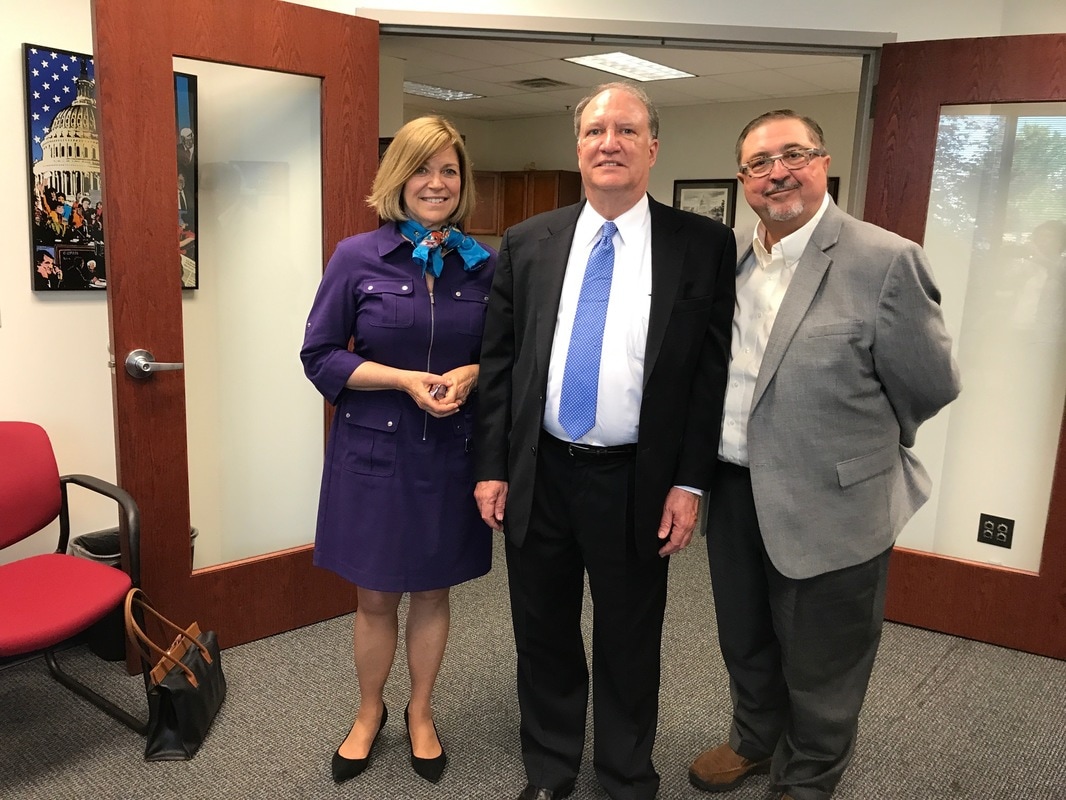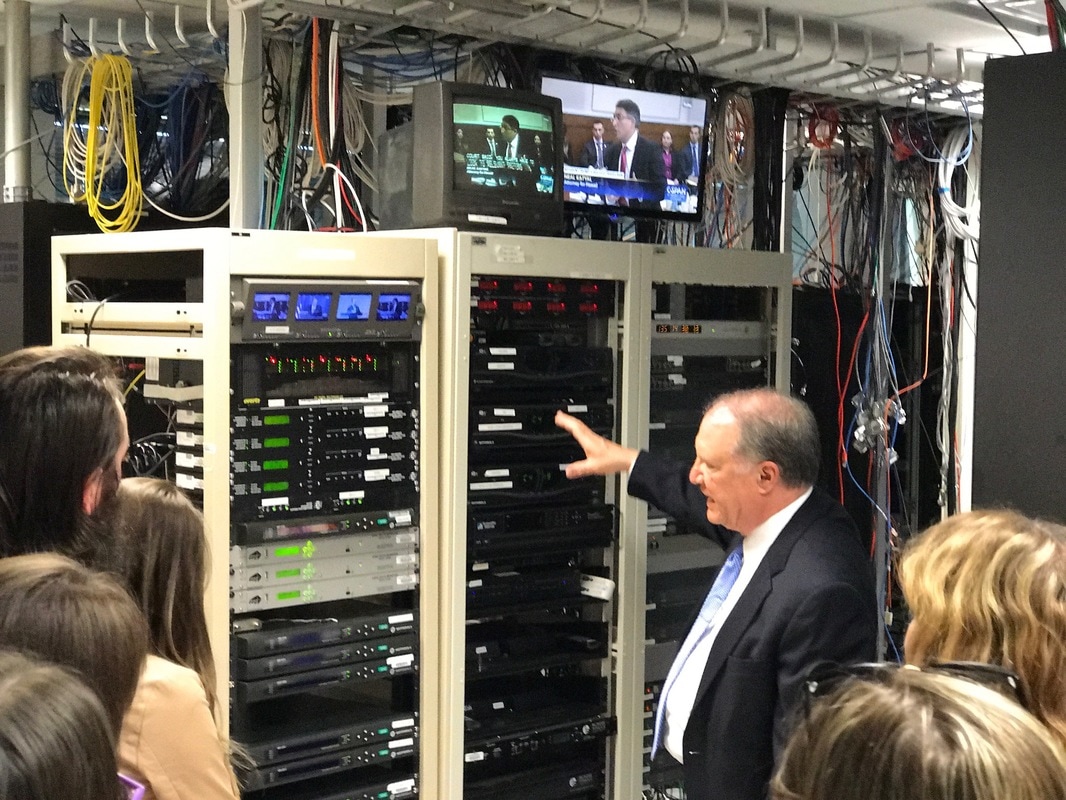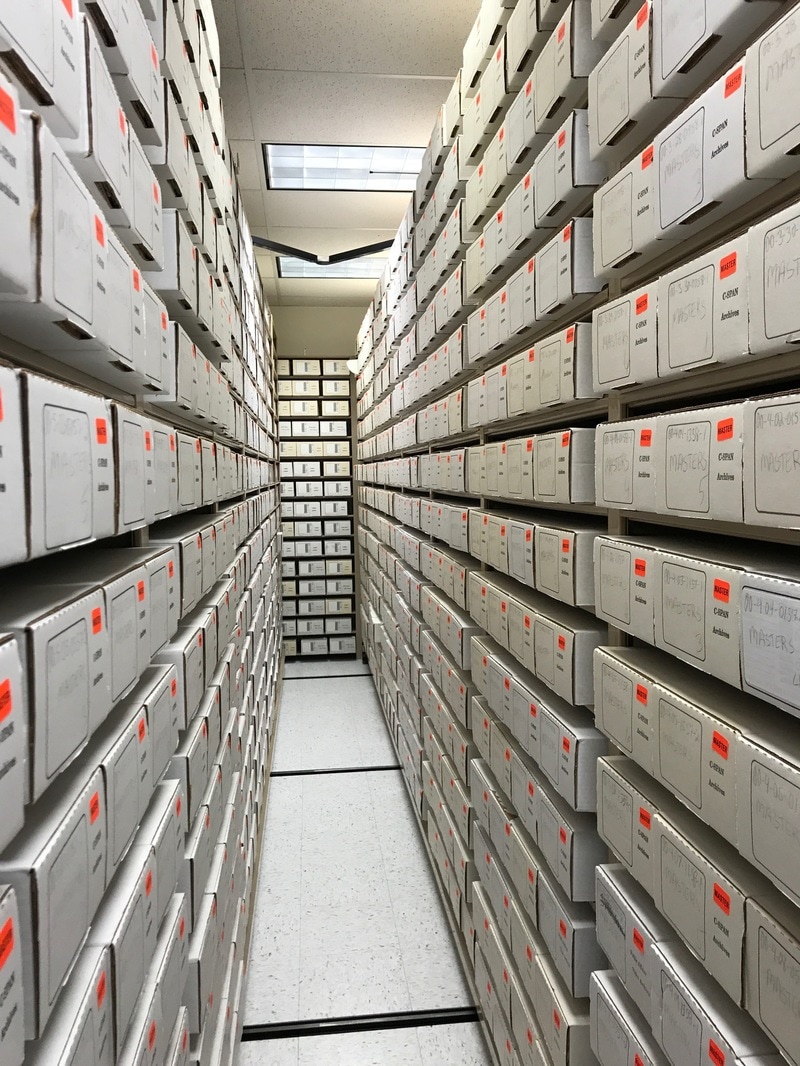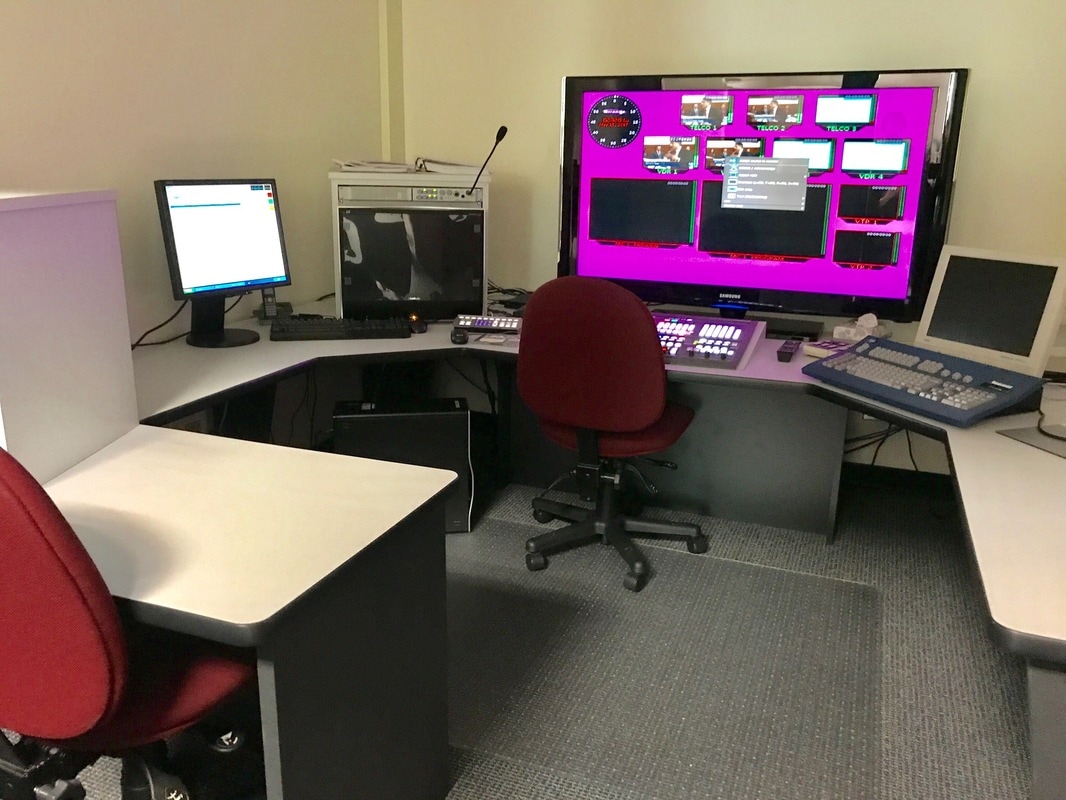In 1979, the U.S. House of Representatives began recording floor proceedings in the House, but in those days the tapes were not considered of historical value and were recycled every 60 days. I helped change that practice when I served as House Historian and helped convince House leaders that these videos had great historical value. Now the recordings are preserved at the National Archives and at the Library of Congress. The Senate began broadcasting its floor proceedings in 1986, first as an experiment, then as a regular procedure in 1987, with the backing of Senators Robert C. Byrd and Howard Baker, and the constant efforts of C-SPAN’s first president and CEO, Brian Lamb. It was C-SPAN that had the vision and the wherewithal to find a way (and the funds from the Cable TV industry) to convert thousands of hours of analog tape to digital and then devise a system of easy access, by indexing, and key-word searching, that brings this vast resource to everyone with Internet access on their home computers. Dr. Robert X. Browning was the driving force in the creation and development of the C-SPAN Archive. Proudly displayed in the C-SPAN offices in West Lafayette is the prestigious Peabody Award that the C-SPAN Video Archive received in 2010 for “creating an enduring archive of the history of American policymaking, and for providing it as a free, user-friendly public service…” Television has changed the way we perceive politics, with mostly positive results but also with some unanticipated negatives too. A video clip can reveal truth and provide insight, but a string of video clips, out of context, and manipulated for partisan purposes or for propaganda, can deceive the untrained eye. We all tend to believe what we see on television because we normally believe what our eyes can see.
C-SPAN has done its part magnificently. When will other producers of video create their own archives, and make it available for research? We have lived in the Age of Television for more than 70 years. It shapes our lives and our politics like no other medium, including the newer social media. We need to look more critically at how this medium (and newer social media) shape our lives and our perceptions of reality. We have only scratched the surface of understanding how TV affects us. We all carry around with us in our pockets and purses, “phones” that record and play TV. Each of us has become a miniature recording studio of our own lives and sometimes of breaking news. What is this doing to how we see virtually everything?
Comments are closed.
|
Welcome to the Byrd Center Blog! We share content here including research from our archival collections, articles from our director, and information on upcoming events.
Categories
All
Archives
July 2023
|
Our Mission: |
The Byrd Center advances representative democracy by promoting a better understanding of the United States Congress and the Constitution through programs and research that engage citizens.
|
Copyright © Robert C. Byrd Center for Congressional History and Education
|





 RSS Feed
RSS Feed
